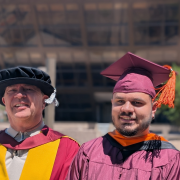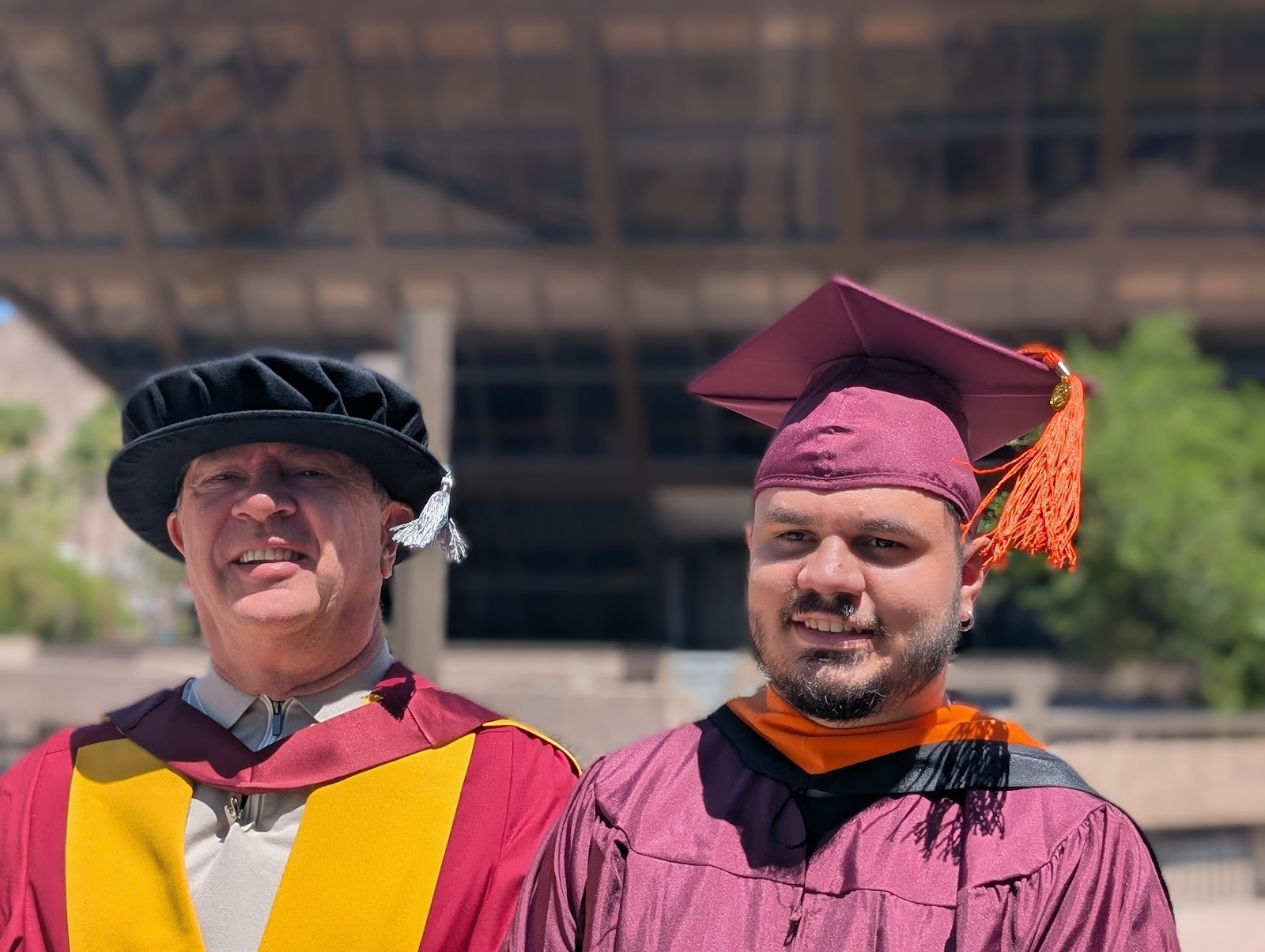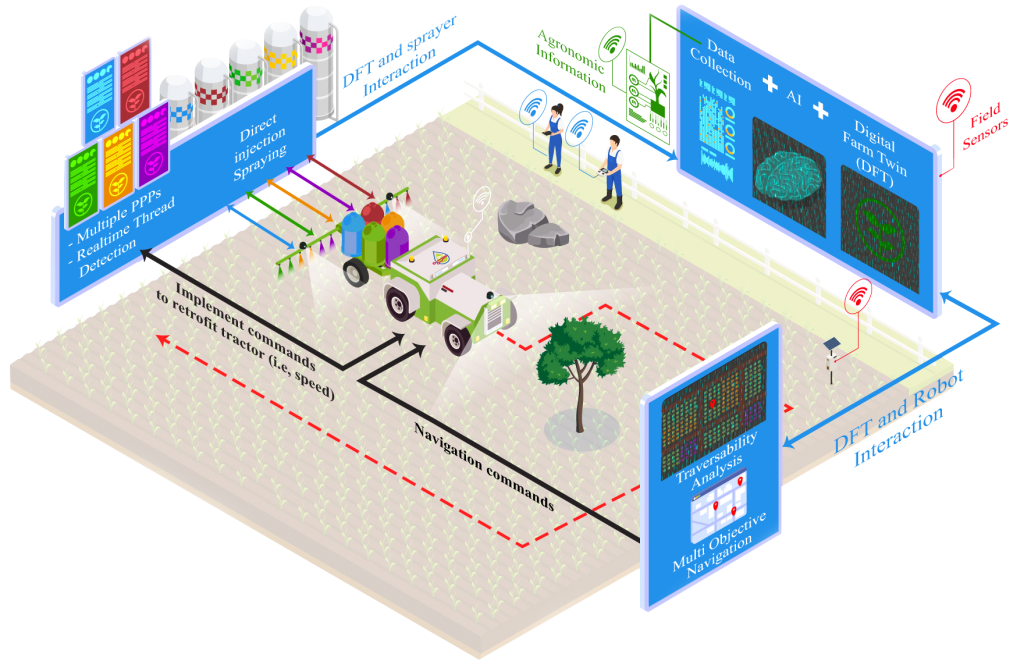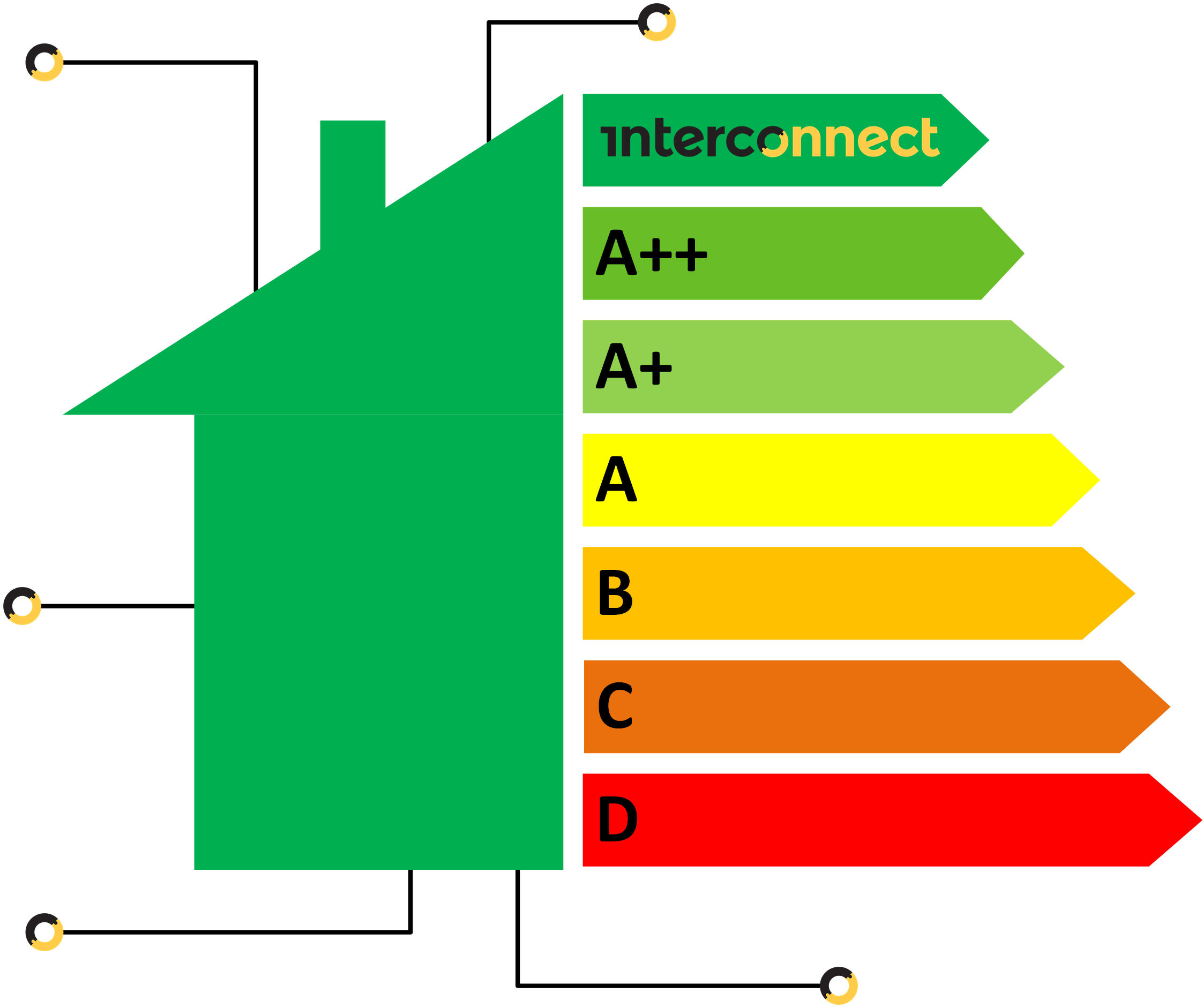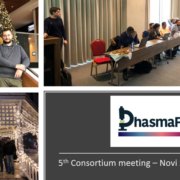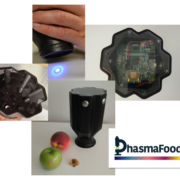Forging Europe’s Digital Future: QX Chain

Forging Europe’s Digital Future: QX Chain
At VizLore Labs Foundation, we champion technological innovation that harmonizes sustainability, trust, and human-centric design. Today, we celebrate a milestone that epitomizes this mission: the NGI TrustChain initiative’s spotlight on QX Chain, a next-generation blockchain framework co-created by our experts—as a pioneering solution for Europe’s smart cities and enterprises . This recognition underscores our enduring leadership in distributed ledger technologies (DLT) and digital asset management, now shaping Europe’s digital transition.
QX Chain: A Blueprint for Sustainable, Trustworthy Infrastructure
Developed in collaboration with European stakeholders, QX Chain represents a leap forward in blockchain architecture:
– Energy-Efficient Consensus: Leveraging **Nominated Proof-of-Stake (NPoS)**, QX Chain slashes energy consumption by >90% compared to traditional blockchains, aligning with the EU’s Green Deal objectives .
– Regulatory-by-Design: Integrated with **Alastria’s identity framework**, it enforces GDPR/eIDAS compliance, enabling privacy-preserving data management for cities and enterprises .
– Polkadot-Powered Scalability: Built on Polkadot’s substrate, QX Chain ensures interoperability across public and private networks while handling city-scale transaction volumes .
This trifecta of sustainability, compliance, and scalability positions QX Chain as a cornerstone for dApps in mobility, energy, and public services—proving that blockchain can drive both ecological and digital transformation.
VizLore’s Expertise: The Engine Behind QX Chain
QX Chain’s success reflects VizLore’s decade-long leadership in DLT and digital asset systems. Our contributions include: Drawing from our Blockchain-as-a-Service (BaaS) innovations for IoT, we ensure modular APIs allow “plug-and-play” deployment—a principle proven in projects like *BARTER* and *ChainRider* .
QX Chain isn’t just technology—it’s a covenant with Europe’s digital future, said **Dragan Boscovic**, VizLore Scientific Advisor and QX Chain architect. “*By embedding regulatory compliance and energy efficiency into its core, we’ve built a framework where trust scales with usage.*”
Learn more:
– [QX Chain Architecture](https://trustchain.ngi.eu/qx-chain/)
– [VizLore’s DLT Research](https://vizlore.com/category/blockchain/)
– [TrustChain’s Open Calls](https://trustchain.ngi.eu/about-us/)

